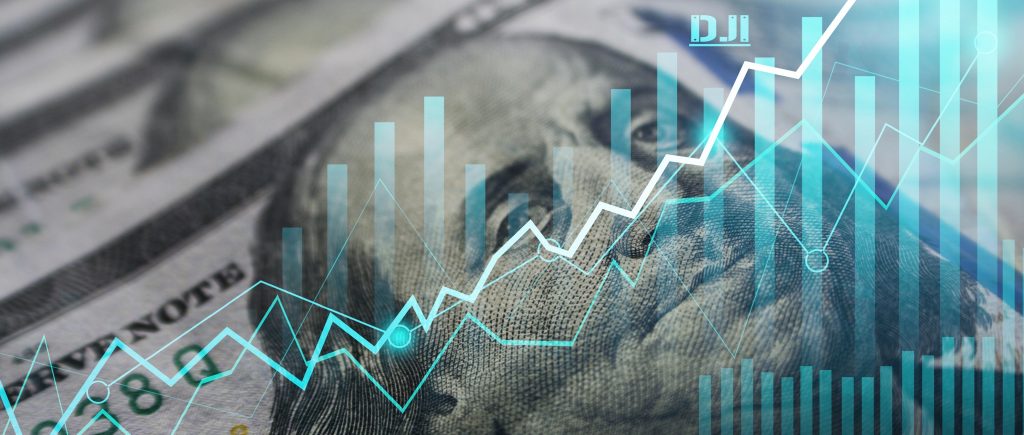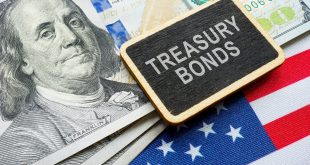The cooling US inflation reported on May 14, 2025, with the Consumer Price Index (CPI) rising 2.3% year-over-year in April, down from 2.4% in March, has had a noticeable impact on market performance, particularly for the US Dollar (USD) and US stocks. This slowdown, marking the smallest annual increase in over four years, alongside a modest 0.2% monthly rise, has fueled a risk-on sentiment in global markets. The US Dollar Index (DXY) softened to 101.29 on Tuesday, May 13, after earlier gains driven by the US-China tariff truce, reflecting a market reassessment of US growth prospects as inflationary pressures ease. This aligns with experts noting a broader depreciation of the USD in response to softer inflation data, suggesting a potential decline in US yields and Federal Reserve rate cut expectations.
US stocks exhibited a mixed yet upward-leaning performance on May 13, with the S&P 500 gaining 0.8% to close at 5,888 points, driven by optimism over the inflation data and the 90-day tariff suspension reducing duties on Chinese goods from 145% to 30%. The Nasdaq surged 1.5% to 18,979 points, buoyed by tech sector strength, while the Dow Jones Industrial Average dipped 0.4% to 42,256 points, reflecting selective profit-taking amid tariff uncertainties. However, earlier market reactions to tariffs, as reported in April, showed significant volatility—S&P 500 companies lost $2.4 trillion in value on a single day due to fears of economic downturns, though a 9.5% rally followed the tariff pause announcement on April 9, highlighting the market’s sensitivity to trade policy shifts.
The broader economic context suggests tariffs remain a looming threat to asset performance. Economists estimate that the average US tariff rate, now at 18%, could raise consumer prices by 1.7%, potentially costing households $2,800 annually. This inflationary risk, though delayed by inventory stockpiling, could pressure the USD further if growth slows, as seen in forecasts predicting a 0.2% hit to US GDP in 2025. While the Federal Reserve paused rate cuts with inflation nearing its 2% target, the potential for tariff-driven price increases by mid-year might constrain future easing, impacting stock valuations and USD strength. For now, the cooling inflation has provided a temporary lift to US stocks and a softening effect on the USD, but markets remain on edge for the full tariff fallout.

 Noor Trends News, Technical Analysis, Educational Tools and Recommendations
Noor Trends News, Technical Analysis, Educational Tools and Recommendations



